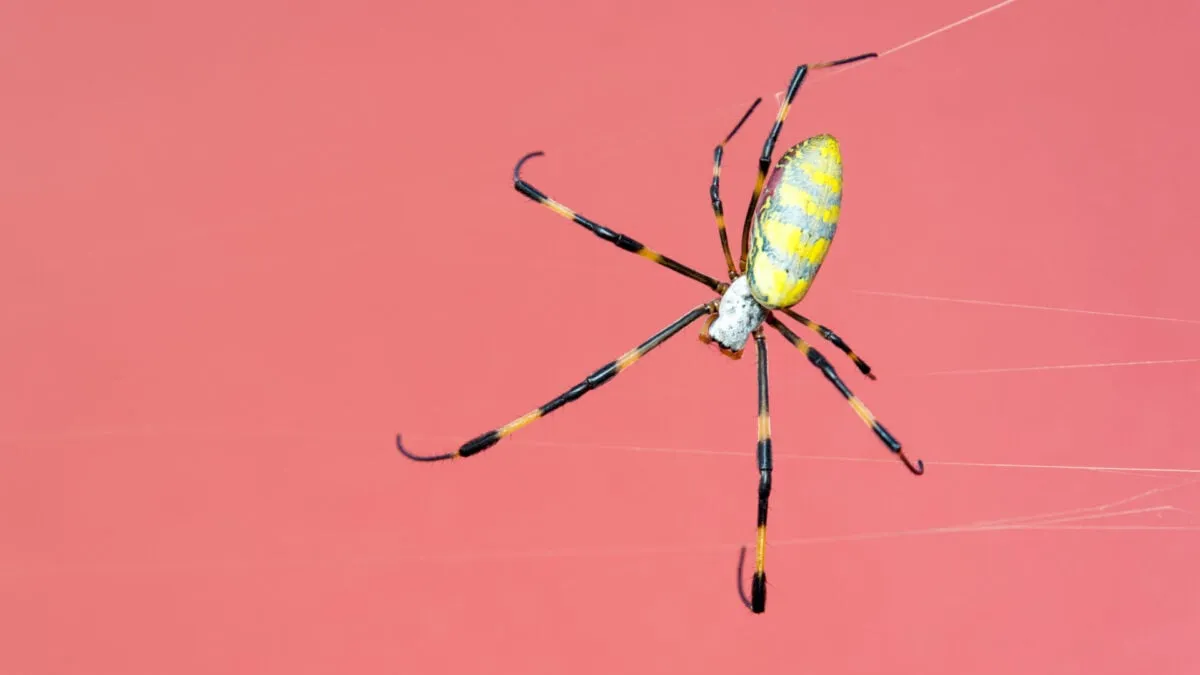
According to a groundbreaking study published in Current Biology, every living organism on Earth can trace its roots back to the ocean. While for years scientists believed that spiders and their relatives first emerged on land, new evidence now suggests that these fascinating creatures actually originated and evolved in the sea. This revelation challenges the long-held assumptions about the evolutionary path of arachnids.
The research team, led by neuroscientist Nick Strausfeld from the University of Arizona, focused on the fossilized central nervous system of Mollisonia symmetrica, a long-extinct organism from the Cambrian era, which lasted from approximately 540 to 485 million years ago. This creature is believed to be an ancestor of modern horseshoe crabs. The study revealed that the brain structure of Mollisonia bears striking similarities to that of contemporary spiders and their relatives, rather than to the crabs it was thought to be linked with.
“The discovery of an arachnid brain in such an ancient creature as Mollisonia suggests that the major groups of arthropods alive today were already established then,” Strausfeld stated in a communication with Gizmodo. This finding raises intriguing questions about the evolutionary history of arachnids and where they first began to evolve.
Previously, scientists relied on the external characteristics of arachnid-like fossils found in sedimentary rocks formed on land to conclude that modern spiders emerged from terrestrial environments. However, Strausfeld and his colleagues took a different approach by examining the well-preserved fossil of Mollisonia using advanced imaging techniques, including an optical microscope. This allowed them to delve deeper into the cerebral arrangements of this ancient creature.
The researchers discovered several key similarities between Mollisonia and modern spiders, particularly in the arrangement of the central nervous system. Unlike insects, the brain structure of arachnids is unique, featuring a backward organization where the forebrain is located above the circuits responsible for leg movement. “This backward organization is enough of a ‘tell’ to demonstrate that Mollisonia’s brain arrangement typifies those of living arachnids,” Strausfeld explained.
In addition to the structural similarities in the brain, the study also identified external features such as jointed limbs and pincer-like claws that are characteristic of arachnids. To further substantiate their findings, the team conducted a statistical analysis comparing 115 anatomical traits across both living and extinct arthropods, which include arachnids. This analysis positioned Mollisonia as a "sister" to modern arachnids, suggesting a close evolutionary relationship.
Paul Selden, a paleontologist and arachnologist at the University of Kansas who was not involved in the study, expressed interest in the findings, stating, “This is very interesting, but we do not yet know how it relates to the vast array of arachnids other than spiders.” He emphasized that the conclusions drawn from the phylogenetic study of Mollisonia represent the beginning of further research into arachnid evolution.
While it may be too early to definitively categorize spiders as descendants of aquatic life, this new research certainly opens the door to further exploration. “Most Cambrian fossils look very different from modern species, so it is really exciting when such outward appearances reveal something inside them—a fossilized brain and nervous system—that tells a different story,” Strausfeld remarked. He concluded by highlighting the importance of arachnids within our ecosystem, reminding us to pay attention to their contributions to the well-being of our biosphere.